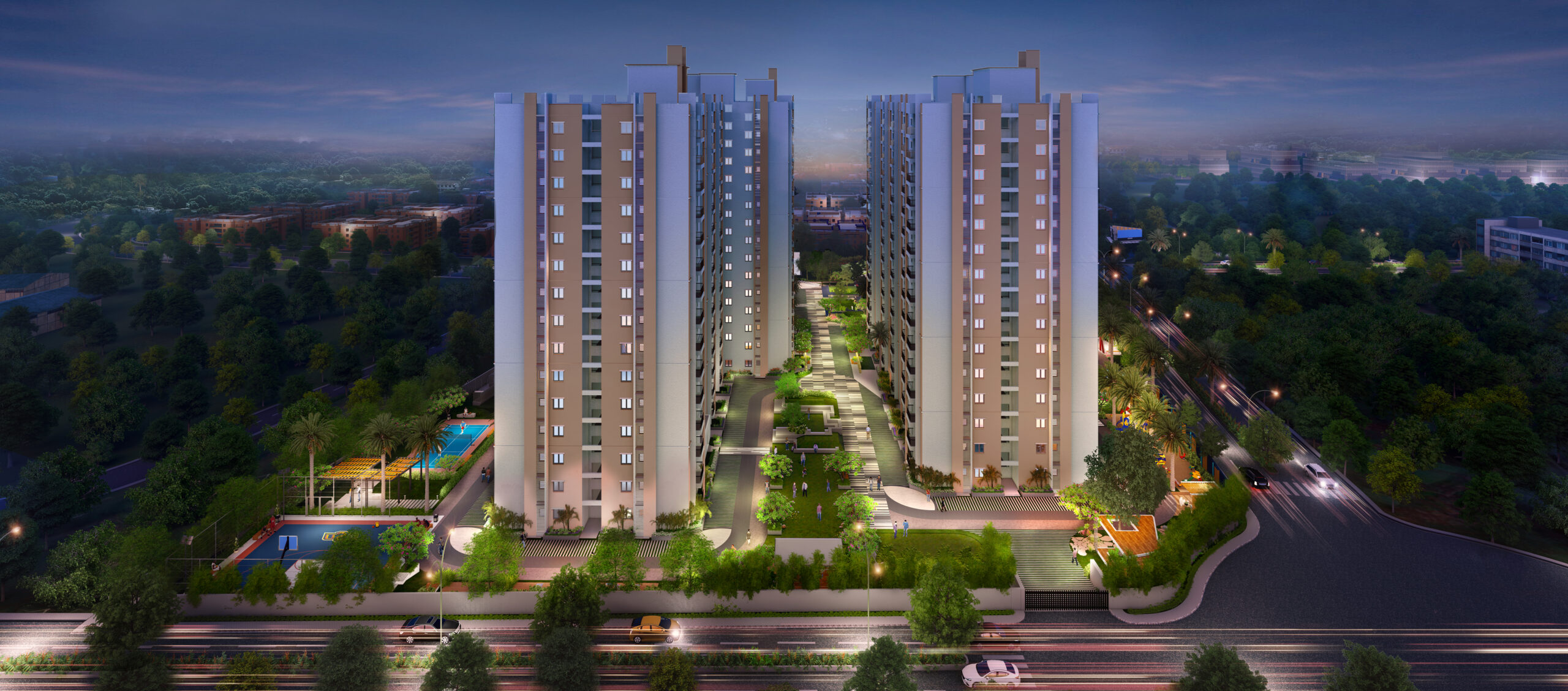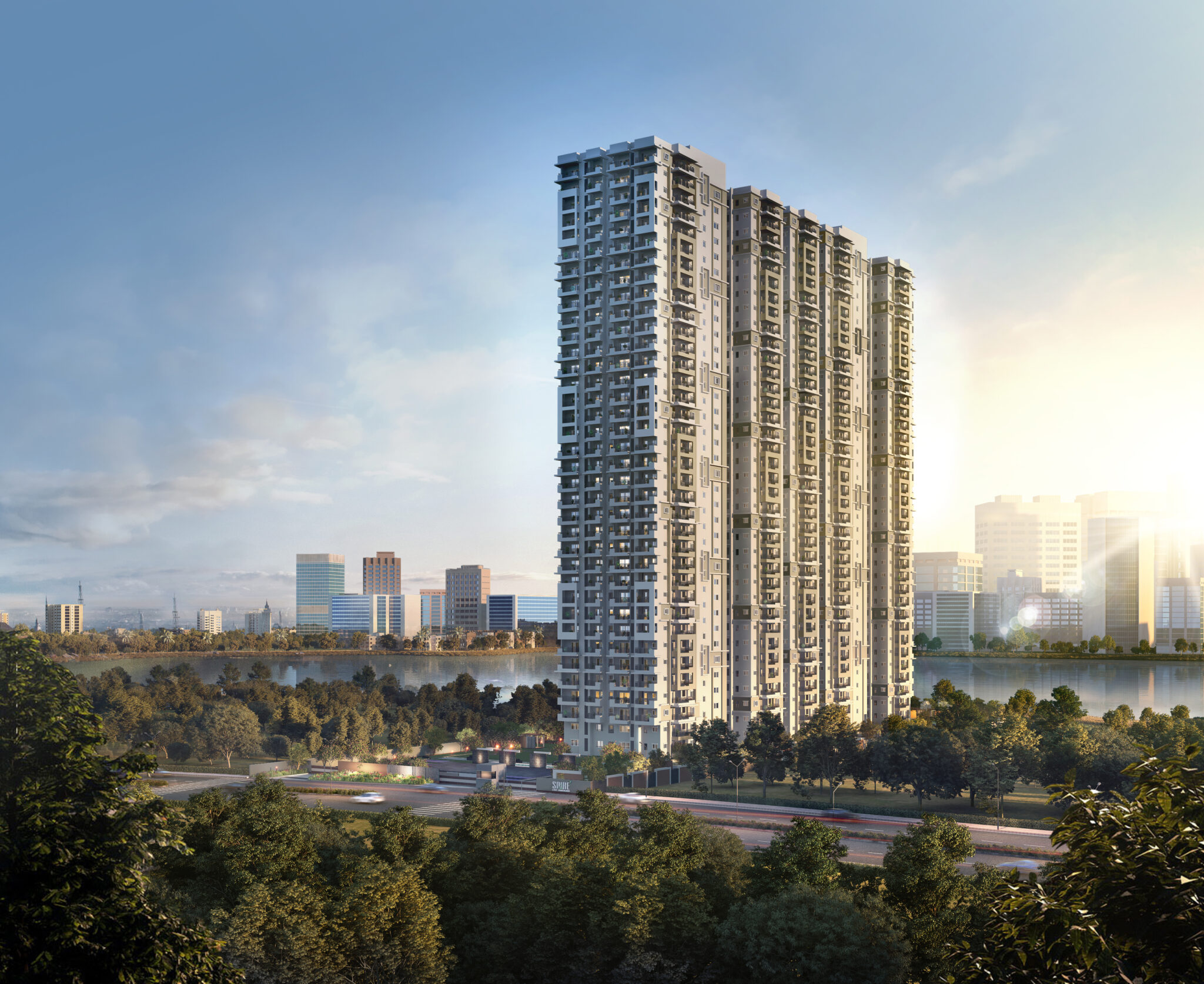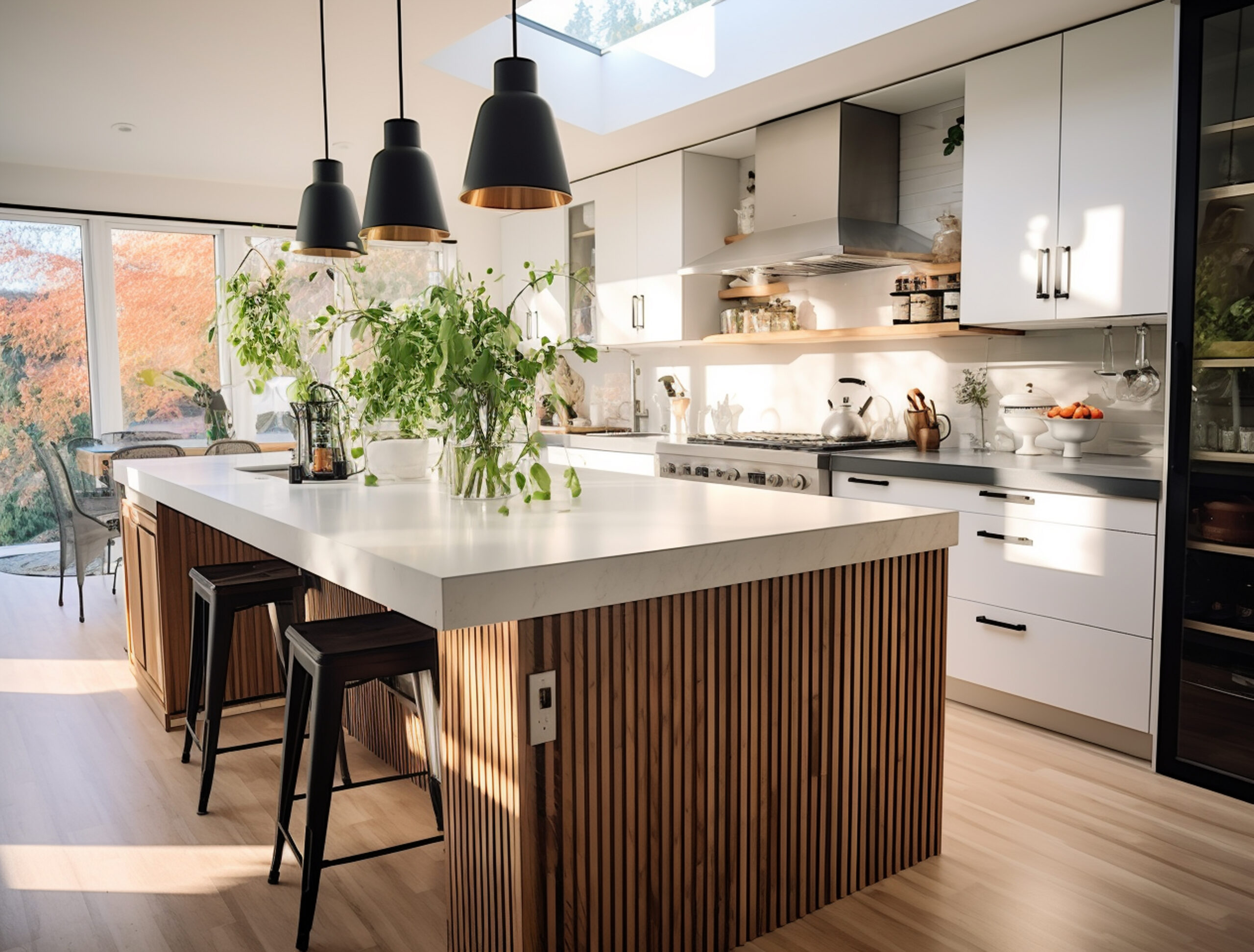Pooja Room Vastu: How to Set Up Your Temple at Home?
Pooja room vastu is an essential part of home design in Indian culture, combining spiritual beliefs with architectural principles to ensure a flow of positive energy. In modern apartments and independent homes, creating a vastu-compliant pooja room is vital not just for devotion but also for mental peace and well-being. This blog explores the ideal pooja room vastu, including directions, layouts, idol placements, and even pooja room colour as per vastu for a space that radiates divine energy and harmony.
- 1 Pooja Room Vastu: Direction and Its Significance
- 2 Pooja Room Vastu: Downsides of Other Directions
- 3 Pooja Room Vastu: Considering the Idols and Their Placement
- 4 Pooja Room Vastu: Layout Tips for a Harmonious Space
- 5 Pooja Room Vastu: Colour Guidelines for Peaceful Ambience
- 6 Pooja Room Vastu: Additional Considerations for a Sacred Experience
- 7 Conclusion
- 8 FAQs
Pooja Room Vastu: Direction and Its Significance
According to pooja room vastu, the northeast direction (Ishan Kona) is the most auspicious for a pooja room. This direction is considered the source of divine energy and helps channel spiritual vibrations across the house. Morning sunlight, which is considered pure and energizing, enters from this direction, making it ideal for meditation and worship. Placing the pooja room in the northeast helps align your spiritual space with the Earth’s magnetic field. It is also said to enhance focus, peace, and prosperity. If northeast isn’t feasible, east or north directions are acceptable alternatives. While designing flats or villas, avoid placing the pooja room in the basement or directly above the kitchen or bathroom.
Pooja Room Vastu: Downsides of Other Directions
While designing your spiritual space, it’s important to avoid certain directions that may lead to imbalances. Avoiding these placements ensures your home remains aligned with positive energies.
| Direction | Impact |
| South | May lead to aggression and restlessness |
| Southeast | Can bring stress or unnecessary conflicts |
| Bathroom-adjacent | Causes contamination of sacred energy |
| Under a staircase | Symbolically suppresses divine energy |

Pooja Room Vastu: Considering the Idols and Their Placement
According to pooja room vastu, placing idols correctly ensures an unbroken spiritual connection. Here’s how to do it right:
- Idols should face east or west. This ensures you face the opposite direction while praying, which is considered auspicious.
- Maintain at least a 1-inch distance between the idol and the wall to allow proper airflow and spiritual flow.
- Never keep broken or chipped idols; replace them immediately.
- Avoid overcrowding with too many idols or images, it dilutes focus and divinity.
Avoid placing idols inside closed cupboards. An open, well-lit space symbolises openness to divine blessings.
Pooja Room Vastu: Layout Tips for a Harmonious Space
A good layout contributes significantly to maintaining spiritual energy. Pooja room vastu recommends the following layout principles:
- The room should be square or rectangular in shape for energy balance.
- The pooja room should have a door with two shutters, ideally made of wood, which symbolises tradition and sanctity.
- The ceiling should be lower than other rooms for a cozy, meditative environment.
- Avoid using the pooja room for any other activities, including storage.
Even in compact flats, a dedicated corner or wall-mounted pooja unit aligned with vastu principles can serve the purpose well.
Pooja Room Vastu: Colour Guidelines for Peaceful Ambience
Choosing the right pooja room colour as per vastu enhances the spiritual vibrations of the space. Colours not only set the tone but also influence the energy level in the pooja room.
| Pooja Room Colour as per Vastu | Effect |
| White | Purity and clarity of thoughts |
| Light yellow | Positivity, hope, and calmness |
| Light blue | Tranquility and devotion |
| Light pink | Softness, grace, and spiritual love |
Avoid dark shades such as red, black, or brown as they may absorb energy instead of radiating it. These colours create heaviness and can disturb the calmness needed in a pooja space. You can also accentuate the backdrop with subtle motifs of Om, lotus, or bells for a devotional touch.
Pooja Room Vastu: Additional Considerations for a Sacred Experience
To further strengthen the spiritual sanctity of the pooja room, keep the following vastu suggestions in mind:
- Lighting: Always opt for yellow or warm white lights. Natural daylight is best during morning pooja.
- Fragrance: Use incense sticks, camphor, or essential oils to maintain a pure environment.
- Storage: Keep pooja materials in well-organized wooden cabinets or drawers.
- Flooring: Use white or cream marble for purity. Avoid black granite or ceramic tiles.
Also, ensure the room is cleaned daily, flowers are changed, and the diya is lit regularly to maintain divine vibrations.
Conclusion
Creating a pooja room is not just about tradition, it’s about crafting a peaceful, mindful space in your home that energises your daily life. Following pooja room vastu guidelines ensures spiritual clarity and energetic balance, while selecting the right pooja room colour as per vastu adds a layer of visual calmness and serenity. Whether you’re buying a new apartment in Hyderabad or redesigning your existing home, integrating vastu principles into your pooja room can positively impact your lifestyle and inner peace.
For more insights on home design and vastu principles, explore our other blogs on ASBL’s official blog page.
FAQs
According to pooja room vastu, the northeast corner (Ishan Kona) is the most auspicious direction for setting up a pooja space. It brings spiritual growth and mental peace by allowing positive cosmic energy. If not feasible, east or north are also considered favourable directions.
The ideal pooja room colour as per vastu includes white, light yellow, and pastel blue. These shades create a serene and meditative environment by radiating purity and positivity. Dark colours like black or red should be avoided as they absorb spiritual energy.
Placing a pooja room adjacent to or above/below a bathroom is not recommended in pooja room vastu. It is believed to pollute the spiritual sanctity due to negative energy. Always maintain a clean and sacred space, ideally away from bathrooms and storage areas.
In line with pooja room vastu, idols should face either east or west and should not be directly placed against a wall. Keep at least a one-inch gap for airflow and energy circulation. Also, avoid placing broken idols or storing too many together in a small space.
A pooja room in the kitchen can be considered if space is limited, but only when aligned with pooja room vastu guidelines. It should ideally be placed in the northeast section of the kitchen. Always ensure it’s separate, clean, and not near the stove or sink.













